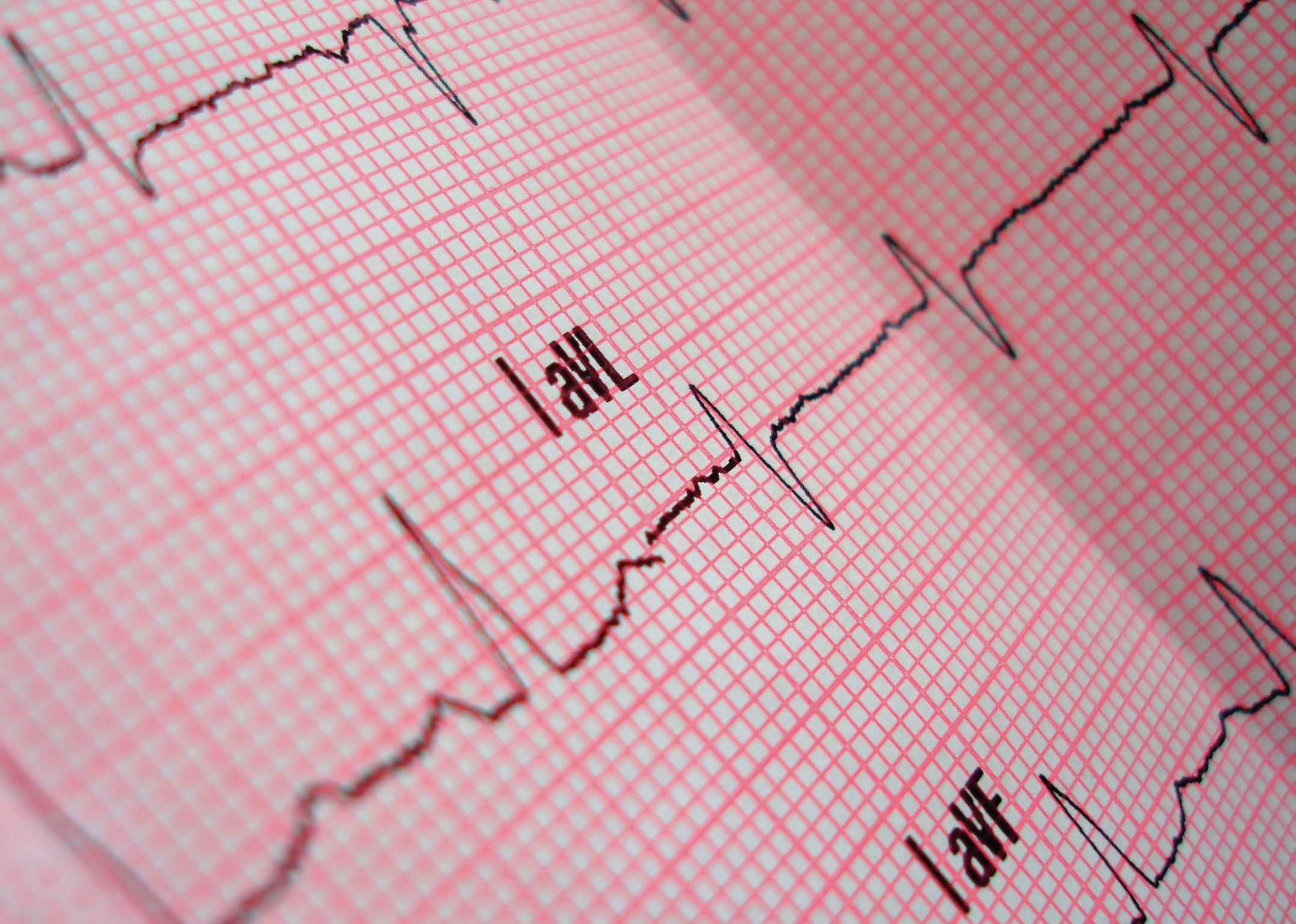
Why do we need a heart? Once organisms reach a certain size it becomes impossible to exchange nutrients and waste products directly with the environment. Instead, a transport system must continually replenish the body tissues with fresh nutrients and remove waste products. In animals, blood is driven through the vascular system by the heart, which is therefore essential for the operation of the body’s transport system.
The average human heart is about the size of a large clenched fist. It sits in the chest cavity (thorax), between the lungs. The heart comprises two pumps that operate together during the heartbeat or cardiac cycle. The systemic side consists of two chambers — the left atrium and the left ventricle — and the vessels that take blood to and from all (except one) parts of the body (see Figure 1). The pulmonary side consists of the right atrium and the right ventricle and the vessels that take blood to and from the lungs. The left side of the heart is more muscular than the right because blood is pumped over long distances.
Your organisation does not have access to this article.
Sign up today to give your students the edge they need to achieve their best grades with subject expertise
Subscribe




